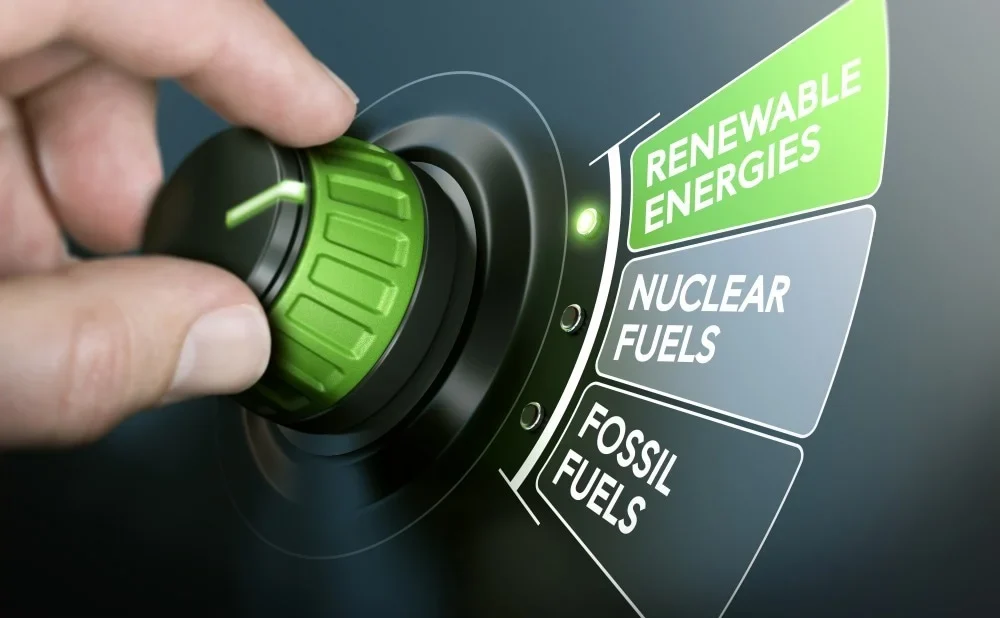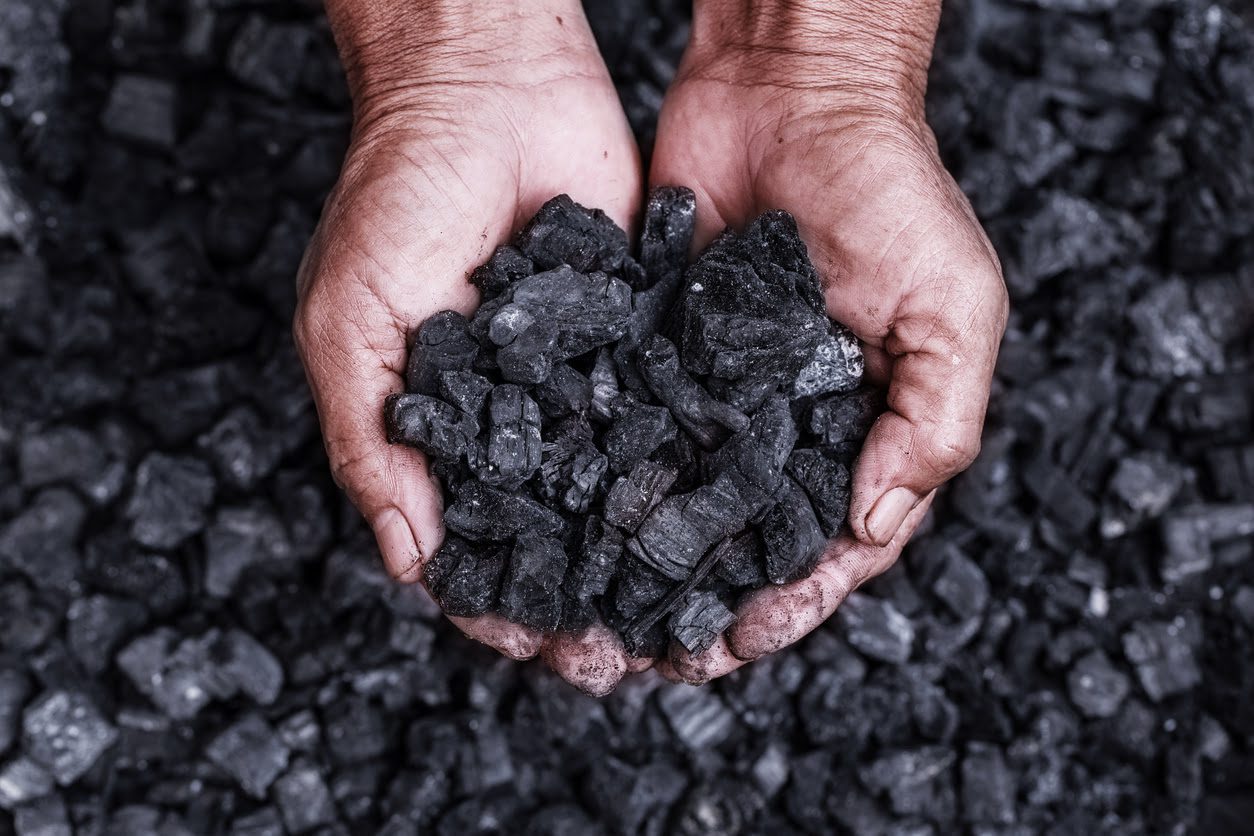Table of Contents
Fossil fuels have been the backbone of our energy system for over a century, powering everything from transportation to electricity generation. However, their impact on the environment and human health has become increasingly clear in recent years, leading to a growing urgency to find alternatives. One such alternative is nuclear energy. In this article, we will explore the potential of Using Nuclear Energy in Replacement for Fossil Fuels and examine the risks and challenges associated with its use.
Fossil Fuels and Their Consequences
Fossil fuels, such as coal, oil, and gas, have been the primary source of energy for over a century. However, their impact on the environment is severe. Burning fossil fuels releases large amounts of greenhouse gases, which contribute to climate change. Fossil fuels also release pollutants, such as sulfur dioxide and nitrogen oxide, which cause air pollution and can have significant impacts on human health. In addition, fossil fuels are a finite resource, and their depletion is inevitable.
The Promise of Nuclear Energy
Nuclear energy, on the other hand, has the potential to address many of these challenges. Nuclear power plants generate electricity by using nuclear reactions to heat water and produce steam, which drives turbines to generate electricity. Nuclear energy is a low-carbon source of energy, emitting no greenhouse gases during electricity generation. Nuclear energy also has the potential to provide a reliable source of energy, reducing dependence on fossil fuels.

The Risks and Challenges of Nuclear Energy
However, nuclear energy is not without its risks and challenges. The primary risk associated with nuclear energy is safety. Nuclear accidents, such as the Chernobyl disaster and the Fukushima Daiichi accident, have shown the potential for catastrophic consequences. Additionally, nuclear waste disposal is a significant challenge. Nuclear waste is highly radioactive and can remain dangerous for hundreds of thousands of years, requiring specialized storage and disposal methods.
The State of Nuclear Energy Today
Despite these risks and challenges, nuclear energy is currently used in many countries around the world. In 2020, nuclear energy accounted for about 10% of global electricity generation, with the majority of nuclear power plants located in the United States, France, and China. Several new nuclear projects are also under development around the world, including small modular reactors that are being developed as a lower-cost alternative to traditional nuclear power plants.
Nuclear Energy vs. Other Renewable Energy Sources
While nuclear energy offers many potential benefits, it is not the only alternative to fossil fuels. Other renewable energy sources, such as solar and wind power, are also gaining momentum. Solar and wind power have the advantage of being relatively low-cost and easily deployable, with many countries investing heavily in these technologies. However, these renewable energy sources also have limitations, such as intermittency and the need for large amounts of land to deploy them at scale.
In conclusion, the potential of nuclear energy as a replacement for fossil fuels is undeniable. However, it is important to carefully consider the risks and challenges associated with its use, as well as the potential of other renewable energy sources. As we transition to a sustainable energy future, a combination of different energy sources and conservation efforts will likely be necessary. By carefully balancing the benefits and risks of each option, we can work towards a cleaner, more sustainable energy system for future generations.







